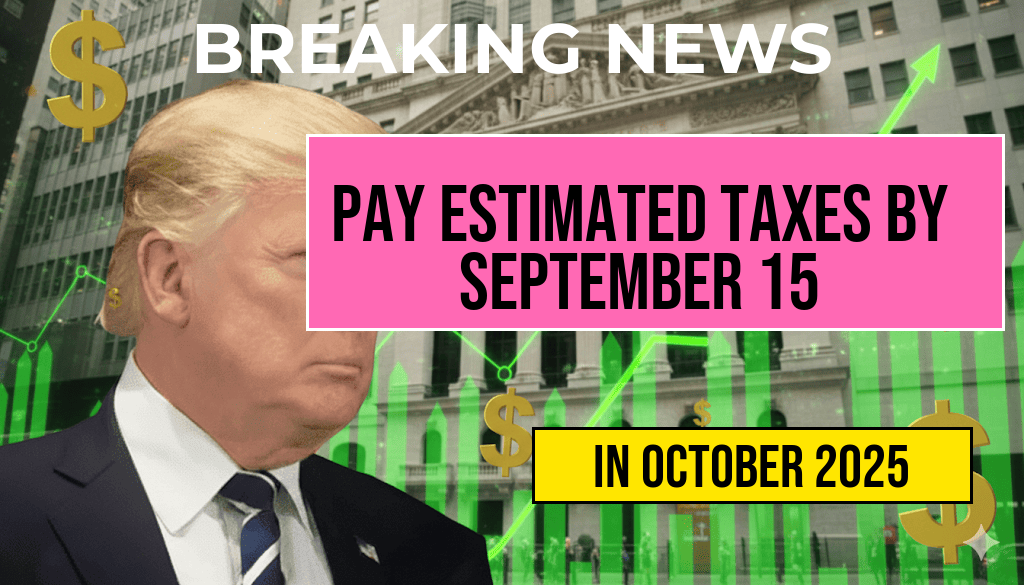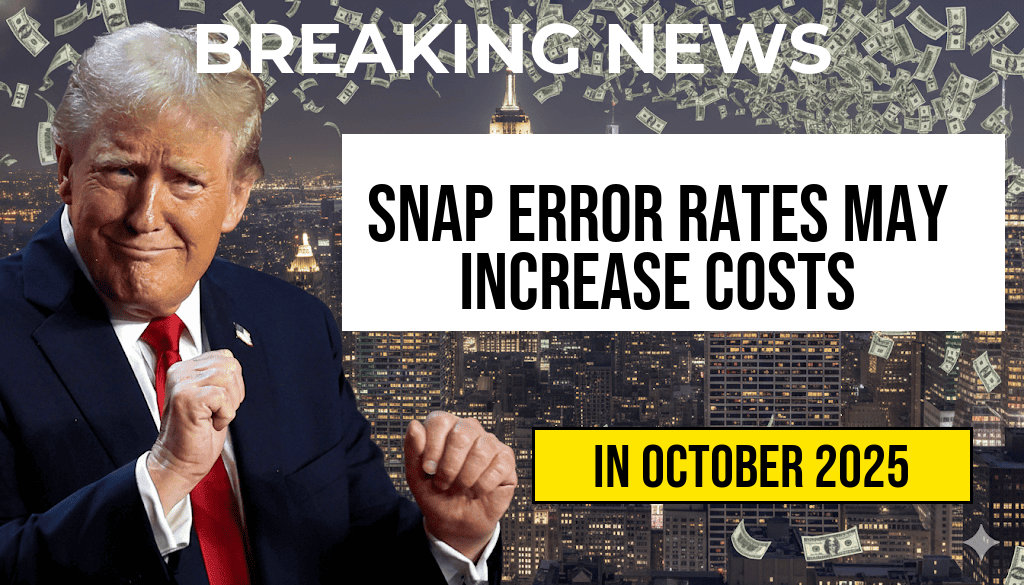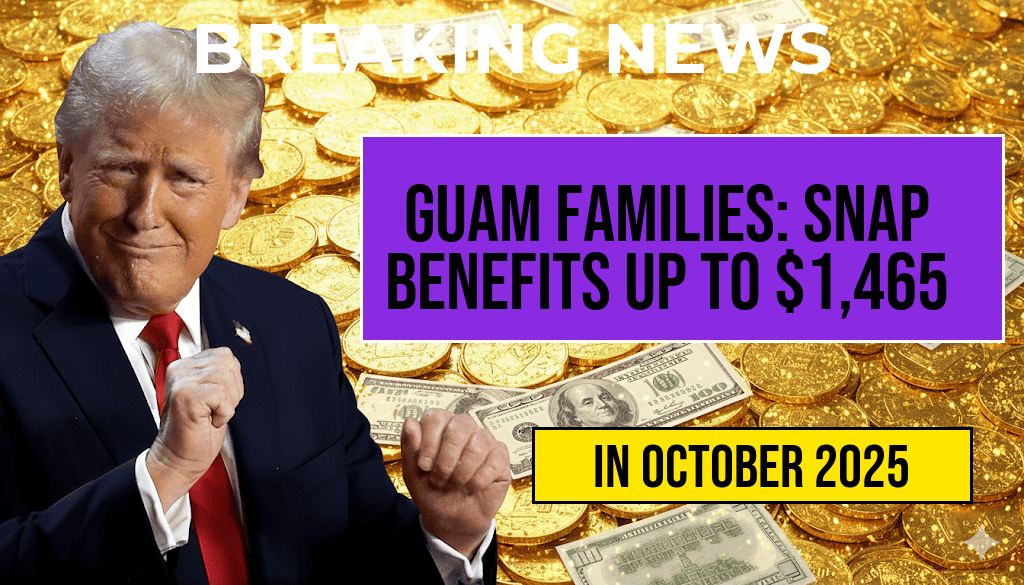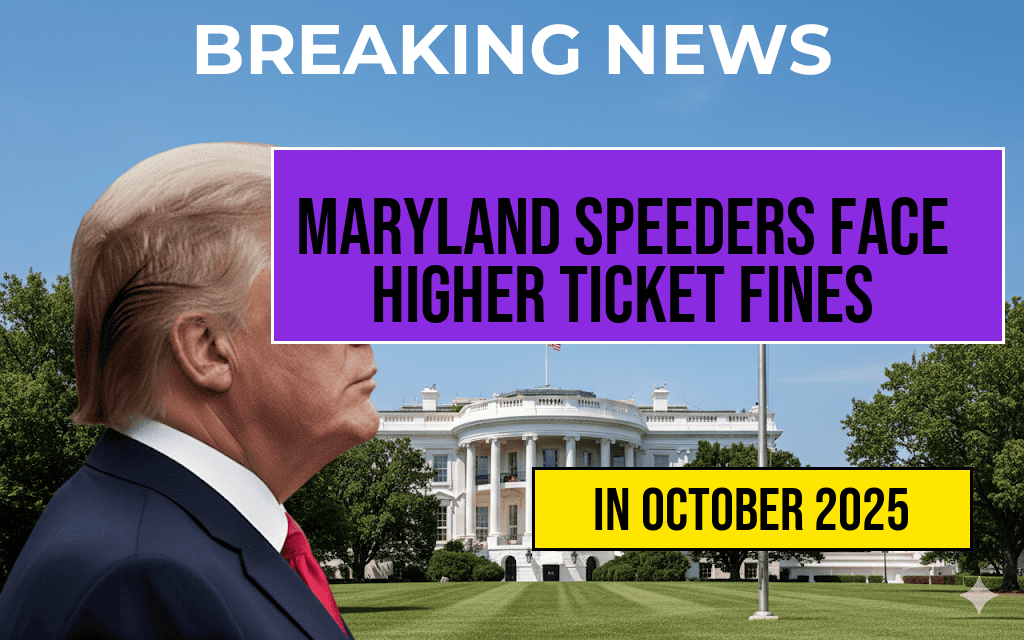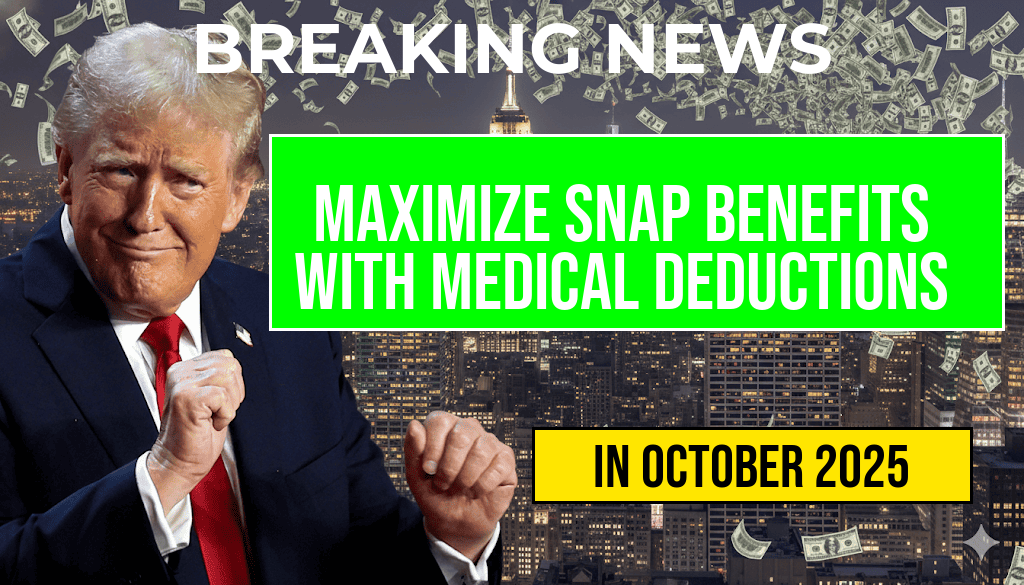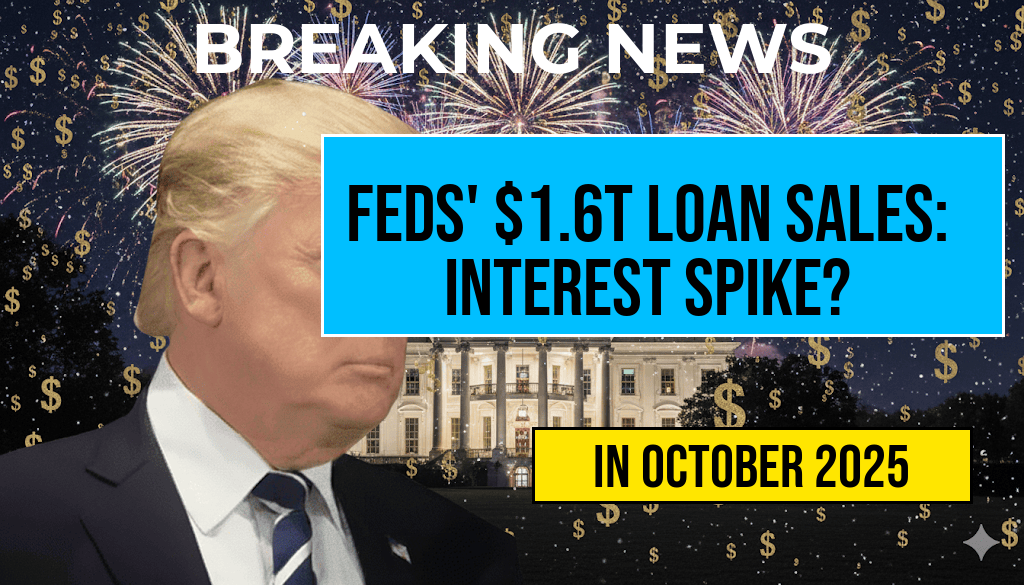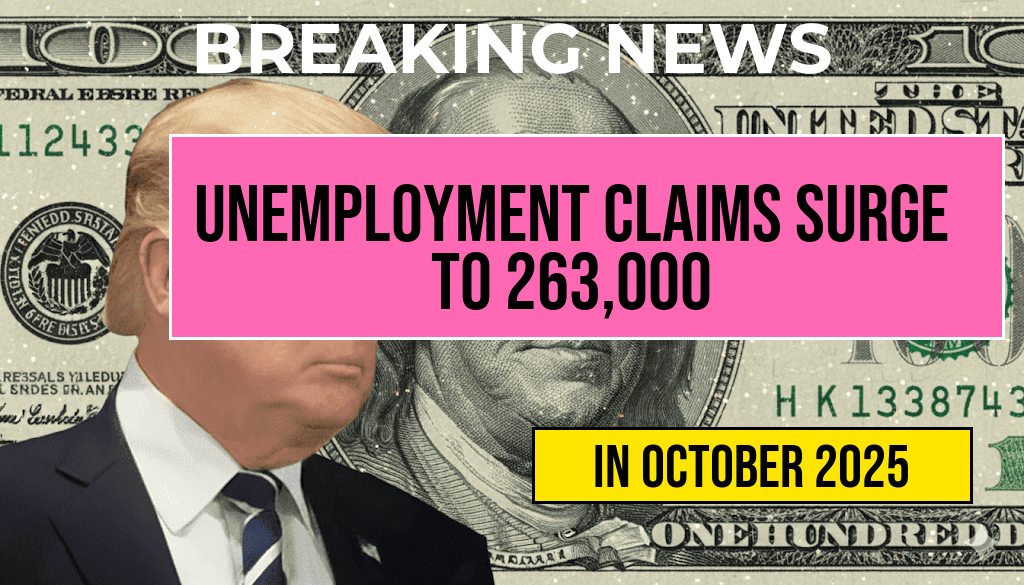In a significant move that could reshape the landscape of higher education financing, federal authorities are reportedly considering the sale of a massive $1.6 trillion portfolio of student loans. This development comes amidst ongoing discussions surrounding the management of student debt in the United States, where approximately 44 million borrowers currently owe money. The proposal to sell this portfolio has sparked debates among policymakers, financial analysts, and advocates for student loan reform, as it could have far-reaching implications for borrowers and the economy as a whole.
Background on the Student Loan Portfolio
The student loans in question primarily consist of federal loans issued through various programs, including the Direct Loan Program and the Federal Family Education Loan (FFEL) Program. These loans have been a pivotal source of funding for millions of students pursuing higher education in the United States. However, the burden of debt has raised alarms regarding its sustainability and the potential impact on the economy.
The Rationale Behind the Sale
Several factors contribute to the federal government’s consideration of this sale. Chief among them is the desire to alleviate the financial burden on taxpayers while streamlining the management of student loans. A sale could potentially allow private entities to take over the servicing of these loans, which may lead to a more efficient collection process.
- Debt Relief: Selling the portfolio could lead to a restructuring of debt relief programs, providing borrowers with options that may not currently exist.
- Market Dynamics: Introducing private entities into the student loan servicing market could foster competition, potentially reducing costs for borrowers.
- Budgetary Concerns: The federal government has faced increasing pressure to balance its budget. Selling the loan portfolio could provide immediate revenue to help address these financial concerns.
Potential Impacts on Borrowers
While the sale may offer several advantages, it also raises questions about the future of borrower protections and the management of student debt. Advocates fear that privatizing student loans could lead to less favorable repayment terms, increased interest rates, and diminished consumer protections.
Concerns Among Borrowers
Many borrowers have expressed anxiety regarding how a sale might affect their existing loans. Key concerns include:
- Loss of Benefits: Borrowers worry that they might lose access to programs such as income-driven repayment plans and loan forgiveness options.
- Increased Complexity: Transitioning to private servicers might complicate repayment processes, leading to confusion and potential defaults.
- Customer Service Issues: Past experiences with private loan servicers have left many borrowers dissatisfied, raising concerns about service quality.
Current State of Student Debt in the U.S.
The current student debt crisis has reached unprecedented levels, with total student loan debt surpassing $1.6 trillion. This figure represents a significant portion of the national economy and has prompted calls for comprehensive reform. Recent legislative attempts to address the issue have included proposals for debt forgiveness and changes to interest rates, but solutions remain elusive.
Legislative Responses
In response to the growing crisis, lawmakers have introduced various measures aimed at providing relief to borrowers. Some notable initiatives include:
- Debt Forgiveness Programs: Proposals have been made to forgive a portion of student loans for low-income borrowers and those employed in public service.
- Interest Rate Adjustments: Bills have been introduced aimed at lowering interest rates on federal loans.
- Short-term Relief Measures: Temporary pauses on loan repayments have been enacted during economic downturns, particularly during the COVID-19 pandemic.
The Future of Student Loans
The potential sale of the federal student loan portfolio is just one of many discussions surrounding the future of student loans in America. As the situation evolves, stakeholders from all sides will be closely monitoring the implications of such a sale.
What Comes Next?
While federal authorities weigh their options, borrowers and advocates continue to push for solutions that address the root causes of the student debt crisis. Whether through legislative action, changes in federal policy, or the potential privatization of loans, the outcome will undoubtedly shape the future of higher education financing in the United States.
For more information on student loan policies, visit Wikipedia or Forbes.
Frequently Asked Questions
What is the total amount of the student loans portfolio being considered for sale?
The total amount of the student loans portfolio under consideration for sale by federal authorities is $1.6 trillion.
Why are federal authorities considering the sale of the student loans portfolio?
Federal authorities are considering the sale to potentially reduce the burden of student debt and explore options for managing the risks associated with the current loan portfolio.
How might the sale of the student loans portfolio affect borrowers?
The sale of the student loans portfolio could lead to changes in loan servicing, repayment terms, and borrower protections, which may impact how borrowers manage their debts.
Who would be interested in purchasing the student loans portfolio?
Potential buyers of the student loans portfolio could include private investment firms, banks, or other financial institutions looking to capitalize on the student loan market.
What are the potential risks associated with selling the student loans portfolio?
Potential risks include loss of government control over loan servicing, changes in borrower rights, and the possibility of increased costs for borrowers if the loans are managed by private entities.

